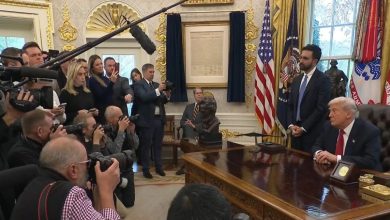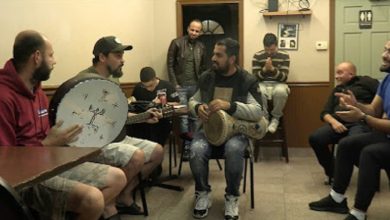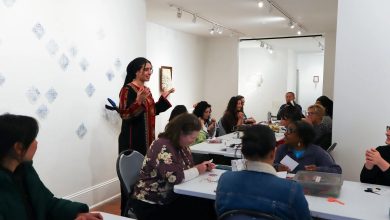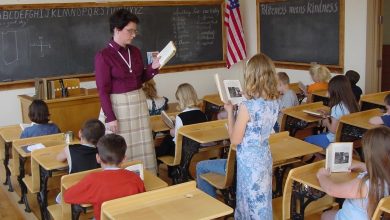Muslims in America’s Remote Regions: Building Faith and Community in Rural Landscapes
While major cities are often the focus of Muslim life in the U.S., a growing number of Muslim families and individuals are settling in small towns and remote areas, fostering unique cultural and religious spaces far from urban centers.
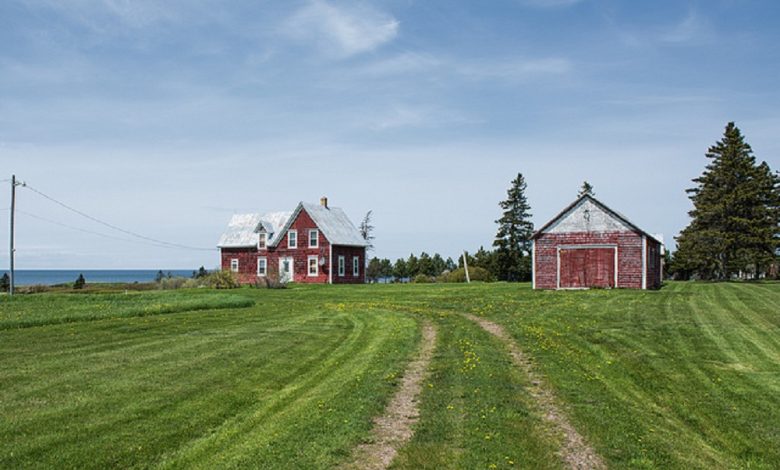
When people think of Muslim communities in the United States, cities like New York, Chicago, Houston, or Detroit often come to mind. These urban centers have long been hubs for Muslim immigrants and their descendants, offering established mosques, halal markets, Islamic schools, and diverse cultural life.
However, a quieter but notable trend has emerged over the last two decades: Muslims are increasingly present in remote and rural areas across the United States, from the Great Plains to the Rocky Mountains and from the deserts of the Southwest to the forests of New England.
Why Muslims Move to Remote Areas
Several factors explain this shift. Some Muslim families relocate to rural regions for economic opportunities, such as agricultural work, running small businesses, or taking jobs in healthcare, education, and manufacturing in towns that face population decline. Others choose these areas for affordable housing, quieter lifestyles, or career postings such as physicians, engineers, or professors in regional universities.
In addition, some refugee resettlement programs have placed families in rural towns to help diversify local economies and counteract population loss. For example, Somali, Bosnian, and Syrian refugees have settled in towns in states like Minnesota, North Dakota, and Nebraska, contributing to local economies and creating new cultural spaces.
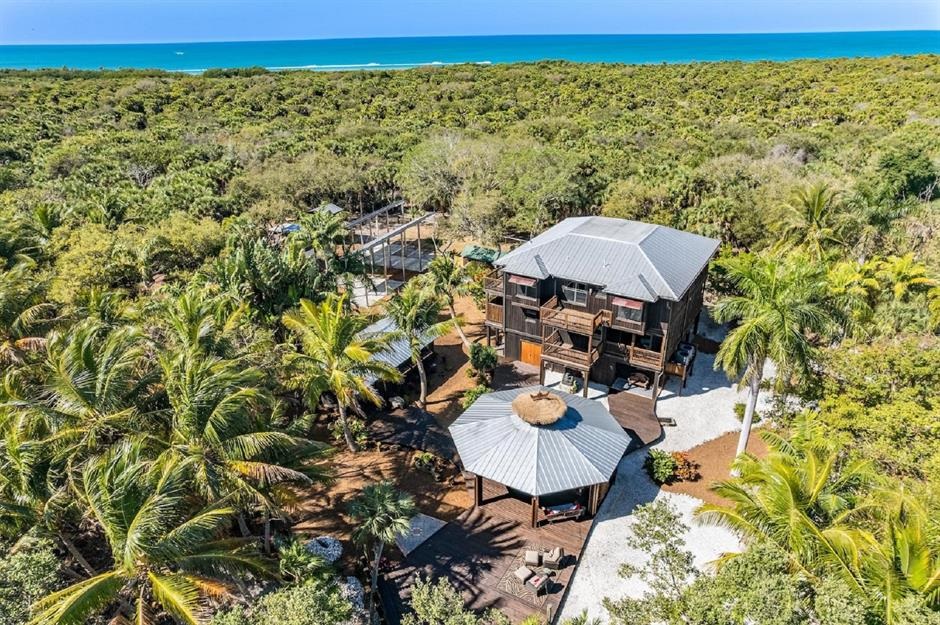
Religious Life and Community Building
Practicing Islam in remote areas often looks different from life in big cities. In some places, Muslim families gather in private homes or rented community halls for Friday prayers (Jumu’ah) due to the absence of a formal mosque. In others, small but permanent Islamic centers or musallahs have been established, sometimes serving a vast geographic region.
For instance, in rural parts of Alaska, Montana, and Wyoming, Muslim residents have formed tight-knit communities where religious and social life are intertwined. Ramadan iftars, Eid prayers, and Quran study groups often bring together people from many miles away.
While access to halal food and Islamic education can be limited, many rural Muslims adapt creatively—ordering halal meat in bulk, homeschooling their children in Islamic studies, or traveling to larger cities for major religious celebrations.
Challenges and Resilience
Muslims living in remote regions face unique challenges. These include social isolation, limited religious infrastructure, and sometimes encountering misconceptions about Islam in areas with little exposure to Muslim communities. Incidents of Islamophobia have occurred, but many Muslim families report positive interactions with neighbors who are curious and welcoming.
Interfaith initiatives have also flourished in some rural towns, with Muslims playing active roles in community service, local governance, and school boards, which helps build mutual understanding and respect.
A Growing Presence That Shapes Rural America
Though their numbers are relatively small compared to urban Muslim populations, Muslims in rural and remote America play a significant role in the religious and cultural mosaic of the country. Their presence challenges stereotypes that Islam is confined to big cities and demonstrates the adaptability and vitality of Muslim communities in diverse contexts.
As the Muslim population in the U.S. continues to grow, these rural Muslim communities are likely to expand, contributing to local economies, social networks, and cultural understanding in regions that have historically had little exposure to Islam.
